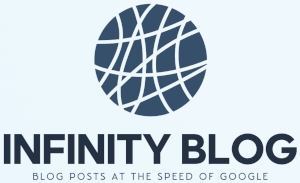
Understanding Implicit Bias in Education
Implicit bias refers to the unconscious attitudes or stereotypes that affect our understanding, actions, and decisions. In the context of education, these biases can significantly influence how teachers interact with students and how students perceive themselves.
Many educators may not be aware of their own implicit biases, which can lead to unintended disparities in academic opportunities and support. For example, research shows that teacher training on implicit bias can help reduce these unconscious influences, fostering a more equitable learning environment.
Students from marginalized backgrounds often face the consequences of implicit bias, including lower expectations and unequal access to resources. Schools can implement strategies to promote diversity in education, such as bias awareness workshops and culturally responsive teaching, to address these issues.
Understanding the impact of implicit bias is essential for educators committed to creating an inclusive environment. By actively reflecting on their biases and engaging with evidence-based practices, teachers can support all students in reaching their full potential.
In summary, tackling implicit bias in education requires ongoing effort and awareness. Embracing continuous professional development helps ensure that teaching practices are equitable, nurturing a classroom where every student is valued and supported.
